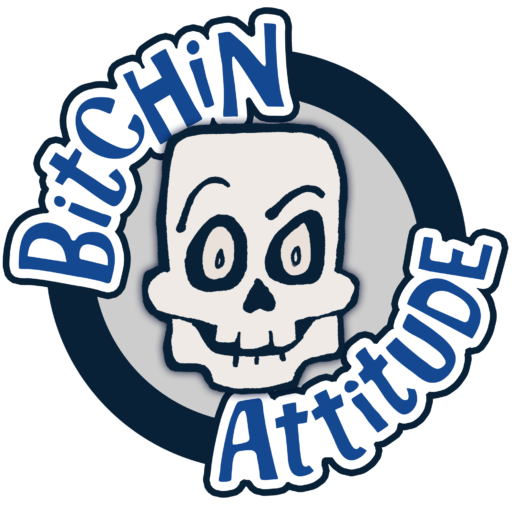We asked artificial intelligence how tariffs are affecting our markets.
Here’s what “it” had to say.
Regarding Motorcycles
Tariffs, essentially taxes on imported goods, raised the prices of imported motorcycles and components. This increase was particularly noticeable for lower-margin imports, where dealers were forced to absorb a significant portion of the added cost or pass it on to consumers, leading to higher retail prices.
Limited Consumer Choice:
Due to the increased costs, some dealers reduced their orders for imported motorcycles, particularly those from countries like China. This meant that consumers had a smaller selection of models to choose from, and some imported models were effectively priced out of the market.
Impact on U.S. Manufacturers:
Even for U.S. manufacturers, the tariffs increased production costs because many components are imported. This led to concerns about competitiveness and the potential for increased costs for consumers, even on domestically produced models.
Motorcycle Industry Concerns:
The Motorcycle Industry Council (MIC) and other industry stakeholders voiced concerns about the impact of tariffs, highlighting potential job losses and economic damage. They emphasized that tariffs ultimately translate into higher prices for consumers and potentially lower sales.
Supply Chain Disruptions:
Tariffs disrupted supply chains, making it more challenging and expensive for U.S. manufacturers to acquire components from abroad. This added to the complexity of the industry and further contributed to increased costs.
Increased Costs:
Tariffs, essentially taxes on imported goods, raised the prices of imported motorcycles and components. This increase was particularly noticeable for lower-margin imports, where dealers were forced to absorb a significant portion of the added cost or pass it on to consumers, leading to higher retail prices.
Regarding Sailboats
Trump’s tariffs negatively affected sailboat sales in the US by increasing the cost of imported components, materials, and finished boats, potentially driving up prices and reducing demand. This was due to tariffs being imposed on imports from key trade partners like China, the EU, Vietnam, Japan, and South Africa.
Increased Production Costs:
Tariffs on imported materials and components, especially from China, raised the price of items like screws, hardware, and other essential parts for boat construction, according to a YouTube video about the impact of tariffs on the boating industry.
Higher Prices for Buyers
Boat manufacturers were forced to pass these increased costs on to consumers, making new boats and accessories more expensive.
Reduced Demand
The higher prices could lead to decreased demand for new boats, as potential buyers might be priced out of the market or opt for other recreational activities, according to a video discussing the impact of tariffs on the boating industry.
Impact on European and Chinese Shipyards:
European shipyards, which export to the US, faced a decline in US market share due to the tariffs, as they were forced to raise their prices to compete, according to Yacht.de. The increased tariffs also impacted Chinese-built yachts, making them less competitive in the US market.
Increased Scrutiny of Yacht Origin
Yacht buyers had to be more careful about the country of origin of their yachts to avoid unexpected tariffs.



